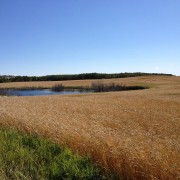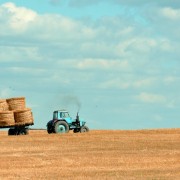Critical State – Disability or Loss of Life
Frequently over the next several weeks, we will delve further into the many factors that can lead your business to a “Critical State.” To refresh your memory, one reaches critical state when at the point of significant change. The significant change can lead to a state that will have a profound effect on you, your family, or your business. Thus the term “critical.”
Disability or Loss of Life: whether it be one of the major stakeholders in your business, a member of your family, or one of your employees, this is often the most catastrophic change.
Although disability is not guaranteed to happen, the end of one’s life is certain. Arguments have been made as to which is more difficult to manage through. I have experienced both in my family.
What is your strategy, your back-up plan, if someone in your family or your business suddenly became disabled or was killed? How would you continue? Who else knows what that person knows so that the only hardship you must deal with is the emotional one?
- Financial: if control rests with only one person, everything financial is instantly in limbo if that person passed away. Secondary signors can be established. Power of attorney should be in place (applies during disability.) Something as simple as writing down account numbers and passwords in a notebook stored in a locked safe can be incredibly beneficial to those who are left behind, struggling to carry on while dealing with their grief.
- Operational: “Were those peas on the west half sprayed? When? With what?” A crop could be lost, and subsequently a farm could be lost, if important operational information is not recorded and readily available if/when the person with that knowledge in his/her head is hurt or worse. The importance of managing your business information has been raised here on many occasions.
What about grain deliveries? Who authorized those holidays for the staff? Etc… - Personal: too often, major crises such as death or disability can lead to a personal “critical state.” Relationships break down under the stress, families fighting on the way to the funeral home, etc. Conversations with family, a current and well prepared will, and preparations for crisis are all required to bring everything back down from “critical state.”
Direct Questions
Do you have a will, and is it current?
Health care directives (also known as living wills), financial power of attorney, and final wishes should all be laid out so that the decisions are not left to those left behind. These are your decisions and the appropriate legal documents allow you to have some control while you’re not able to take control. Have you put these in place, and if not, why not?
Early on in most new business engagements, I ask about wills, powers of attorney, life and disability insurances, etc. The answers are as varied as the people I work with. Most have these fundamental pieces in place, and many more have already begun some very intriguing and creative ways to facilitate business succession. From Joint Ventures, to funded buy-sell agreements, to estate freezes, and share purchase plans, there is no right or wrong way to plan, only a series of possibilities that can be “more right” than some others.
I celebrate the plans that are already enacted, and push hard on those who have none.
From the Home Quarter
Not taking action to plan for the inevitable does not delay the inevitable, it only creates extra hardship for those left behind.










